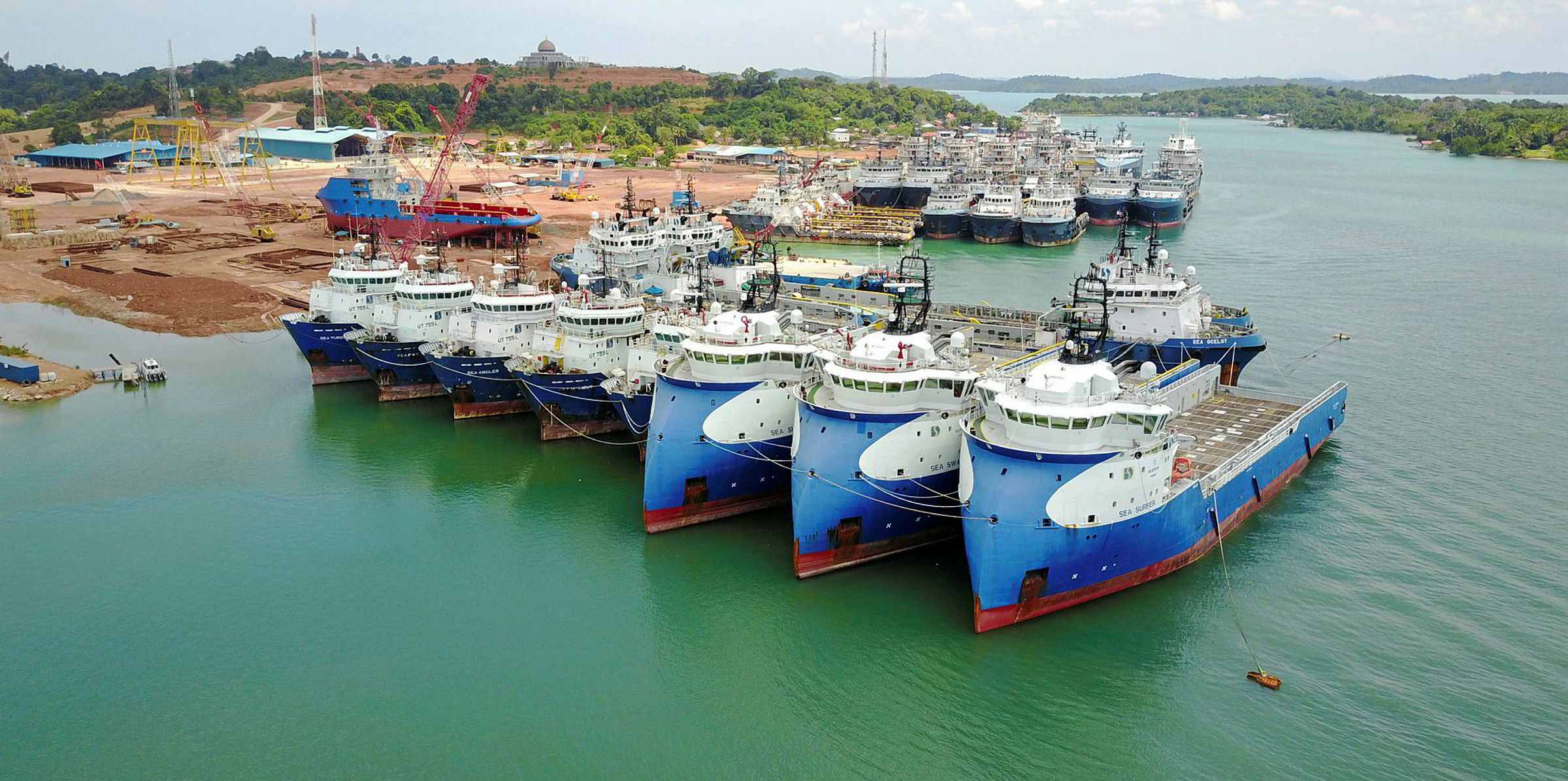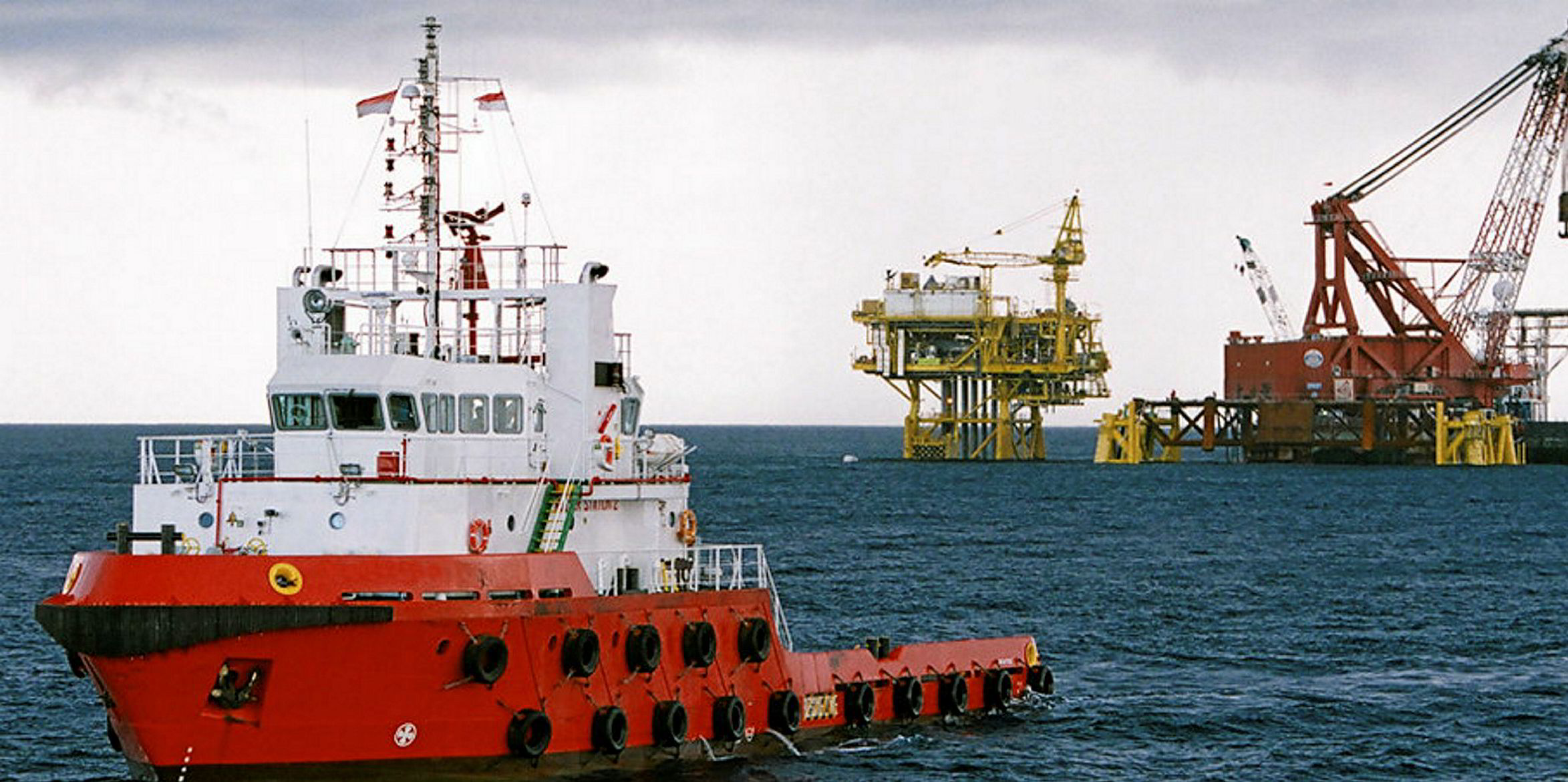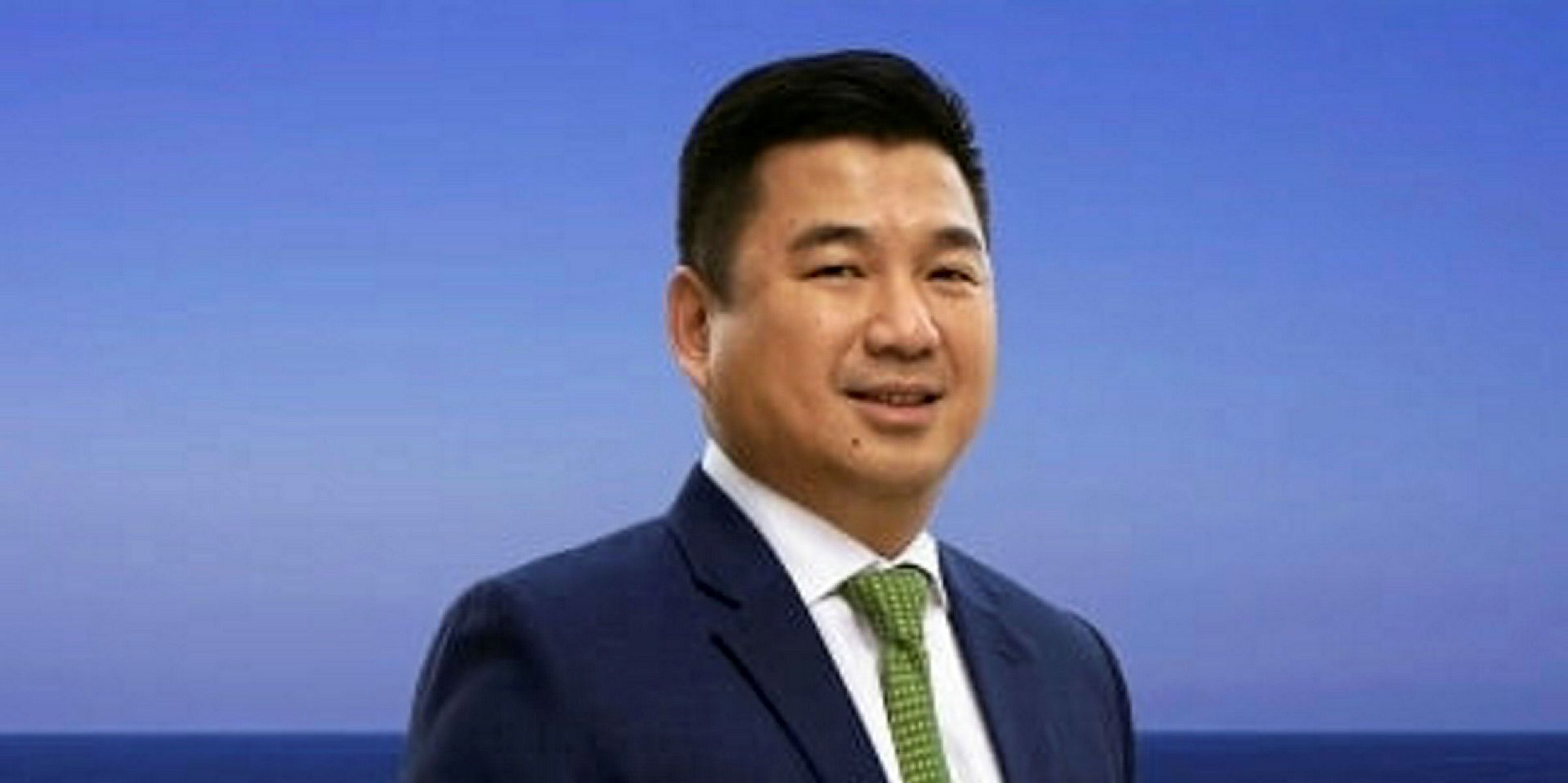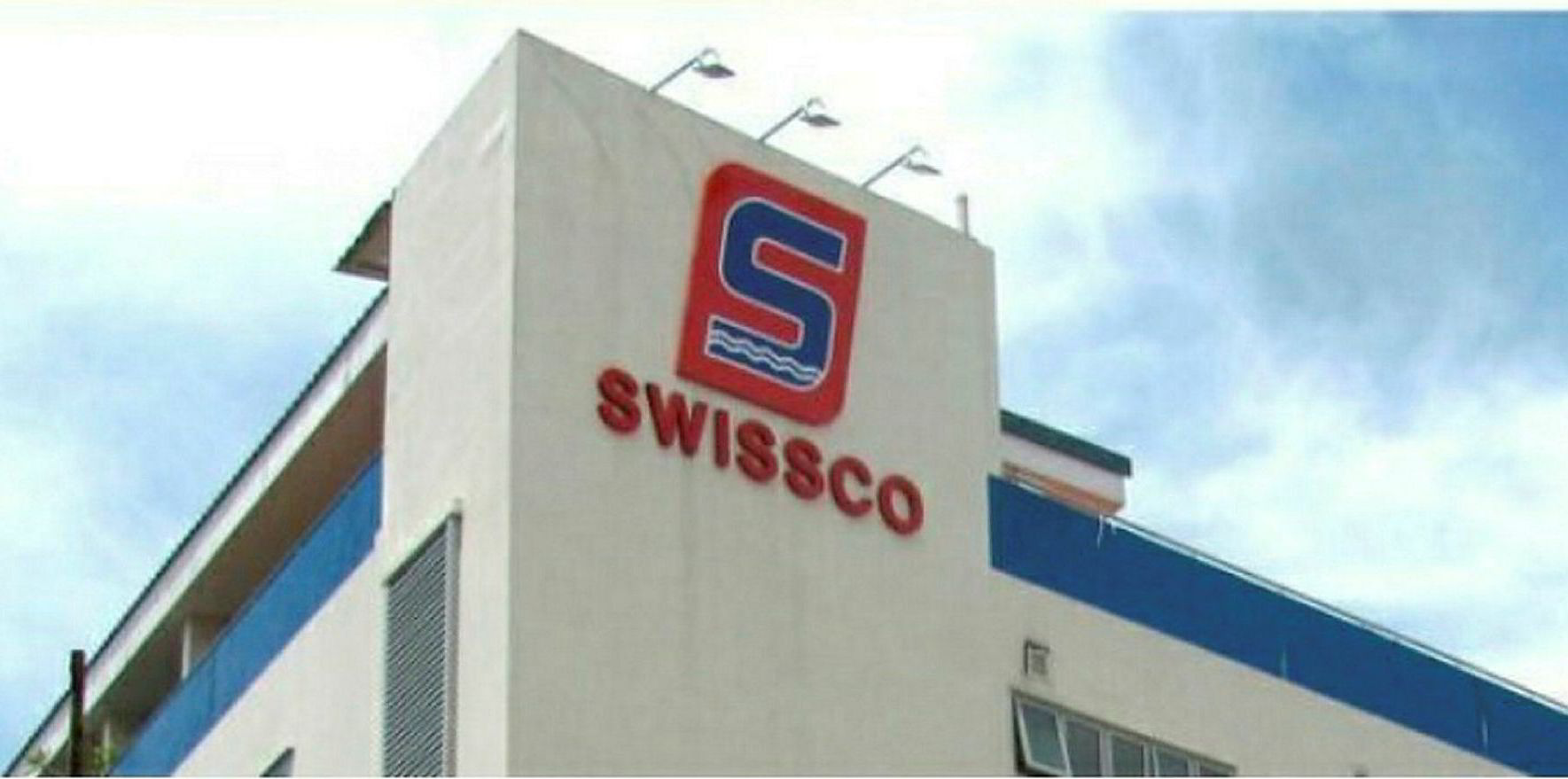They were once the darlings of the Singapore Exchange. During the peak of the offshore boom between 2004 and 2014, Singapore-listed Swiber Holdings, Vallianz Holdings, Otto Marine, Ezra Holdings, Pacific Radiance and Swissco Holdings had no trouble borrowing cash to fund their ambitious growth plans.
Then in mid-2014, the market tanked.
In quick succession, starting with Swiber in late 2016, all filed for judicial management as loan and bond payments came due. Most remain on life support as courts and creditors cling to hope that a rescuer is waiting in the wings.
Vallianz, an offshore support vessel operator closely linked to Swiber, avoided the need to go down the judicial route after Saudi Arabia’s Rawabi Holding came to the rescue by taking a controlling stake in the company in exchange for helping it pay off its immediate debts. Last year, the outfit was able to report that it was back in the black.
Life support
Swiber, Vallianz’s former majority shareholder, took much longer to find its own white knight, which arrived last October in the form of US-listed containership giant Seaspan.
Seaspan is putting in $10m for an 80% interest in the company, and will invest a further $190m to pay for construction, operation and maintenance if Swiber meets certain milestones in a $1bn LNG power project that a subsidiary is pursuing in Vietnam. Secured creditors will see Swiber's debts converted into new stock or convertible bonds.
Less successful in roping in a rescuer is Ezra, which last October pinned its hopes on Udenna Corp of the Philippines shoring up the balance sheet of its OSV subsidiary, EMAS Offshore, by ploughing in $73m. In February, it was announced that the deal was off.

Restructuring efforts
EMAS and its various subsidiaries continue with restructuring efforts, although creditors have already forced the sale of a significant number of valuable assets. Offshore sources say that the company’s long-term future is still uncertain.
Help for Pacific Radiance is coming from the United Arab Emirates in the form of Allianz Marine, a small player in the Middle East offshore market that appears to be taking advantage of distressed assets and companies to position itself as one of the largest offshore players in that region.
Allianz is pursuing a $180m merger with Pacific Radiance through a cash and asset injection that would give it a 51% stake in the company. The deal is still subject to approval from Pacific Radiance’s lenders, and the ability of Allianz, a small, privately owned company, to fund the deal given the overall lack of appetite from banks for offshore.
There are some suggestions from sources in the Middle East that it is being bankrolled by private interests based in Abu Dhabi.
Meanwhile, Allianz is in the process of finalising the purchase of 21 of the remaining Swissco vessels, including six anchor handling tug supply units, tugs, barges and workboats, for $20.5m enbloc.
Winding up orders
Otto Marine, which delisted from the SGX in 2016, did not manage to find a rescuer. In March 2018, executive chairman Yaw Chee Siew said he could not be expected to continue shouldering the financial burden and injecting fresh capital into the company. Applications had already been filed by creditors for Otto’s OSV subsidiaries — GO Marine Australia and GO Marine (Asia) — to be wound up.
TradeWinds understands that Chinese leasing companies quickly stepped in to reclaim their vessel assets that were operated by Otto and its subsidiaries. The bulk of the remaining ships are laid up awaiting sale, many at PT Batamec Shipyard in Batam.
When the market finally turns, they [Singaporean banks] will be like deer caught in headlights. They will not be able to move. The money for offshore will come from European banks, and Singaporean investors will lose out
Mike Meade, managing director of M3 Marine
Mike Meade, managing director of offshore consultancy firm M3 Marine, says the Singaporean-owned shipyards in Batam are mostly functioning as lay-up facilities, with rafts of OSVs laid up where newbuildings once used to undergo their final fitting out.
“They earn good money looking after these ships,” Meade says.
Recycling candidates
Others, half jokingly, suggest that they might turn into shiprecycling facilities if those vessels continue in lay-up for much longer.
Meade wonders what the future holds for Singapore’s struggling offshore companies, given their prolonged troubles.
“Singaporean banks have lost too much from lending too much to offshore," he says. "When the market finally turns, they will be like deer caught in headlights. They will not be able to move. The money for offshore will come from European banks, and Singaporean investors will lose out.”
The vast number of distressed offshore assets available for a bargain could prompt the appearance of a new generation of Singaporean operators looking to take advantage of a low-cost entry into the market. But if Meade’s predictions are correct, they will need deep pockets or the backing of private investors in order to do so.










